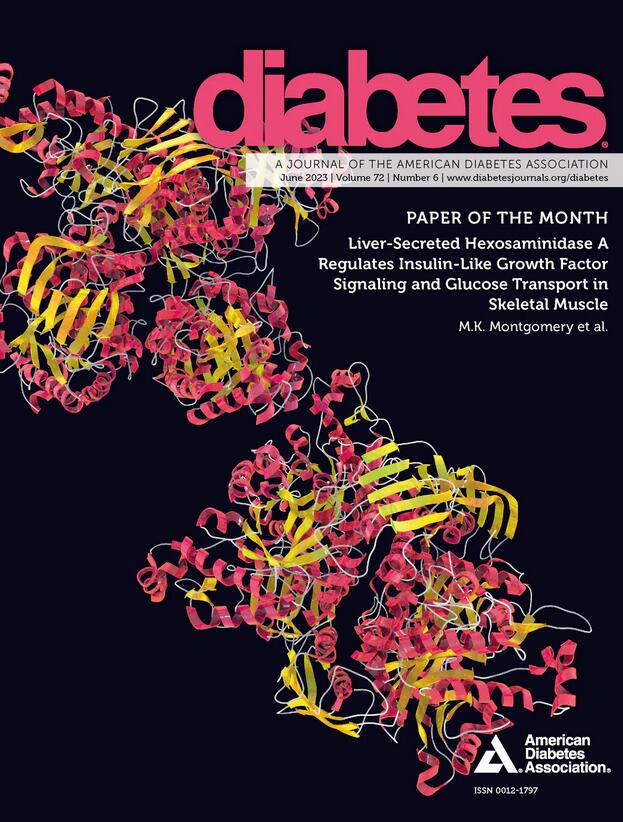DA-1241, a GPR119 agonist, ameliorates fatty liver through the upregulation of TFEB-mediated autophagy
IF 6.2
1区 医学
Q1 ENDOCRINOLOGY & METABOLISM
引用次数: 0
Abstract
G protein-coupled receptor 119 (GPR119) is predominantly expressed in pancreatic β-cells, enteroendocrine cells, and the liver. It is a novel therapeutic for dyslipidemia and type 2 diabetes. DA-1241, a GPR119 agonist, improves glucose tolerance by inhibiting gluconeogenesis and enhancing insulin secretion. It mitigates hepatic inflammation by inhibiting NFĸB signaling. However, the mechanism by which DA-1241 ameliorates nonalcoholic fatty liver disease (NAFLD) remains unknown. We hypothesized that DA-1241 improves liver steatosis by inducing autophagy in a TFEB-dependent manner. It induced autophagy and TFEB nuclear translocation, and decreased lipid content in liver cell lines. Lysotracker staining and DQ-Red BSA assay revealed it increased lysosomal activity. Furthermore, DA-1241 increased the colocalization of mRFP-LC3 and lipid droplets, which were completely abolished by GPR119 knockdown. DA-1241 treatment improved glucose tolerance and insulin sensitivity, and decreased liver enzymes activity and hepatic triglyceride levels, and the NAFLD activity score with increased number of autophagosomes and lysosomes in high-fat diet-fed mice. Despite DA-1241 treatment, lysosomal activity and subsequent lipid content reduction were not induced in tfeb knockout HeLa cells. DA-1241 treatment failed to produce favorable metabolic effects, including reduced hepatic triglyceride levels, in liver-specific Tfeb knockout mice. Thus, DA-1241 attenuates hepatic steatosis through TFEB-mediated autophagy induction.求助全文
约1分钟内获得全文
求助全文
来源期刊

Diabetes
医学-内分泌学与代谢
CiteScore
12.50
自引率
2.60%
发文量
1968
审稿时长
1 months
期刊介绍:
Diabetes is a scientific journal that publishes original research exploring the physiological and pathophysiological aspects of diabetes mellitus. We encourage submissions of manuscripts pertaining to laboratory, animal, or human research, covering a wide range of topics. Our primary focus is on investigative reports investigating various aspects such as the development and progression of diabetes, along with its associated complications. We also welcome studies delving into normal and pathological pancreatic islet function and intermediary metabolism, as well as exploring the mechanisms of drug and hormone action from a pharmacological perspective. Additionally, we encourage submissions that delve into the biochemical and molecular aspects of both normal and abnormal biological processes.
However, it is important to note that we do not publish studies relating to diabetes education or the application of accepted therapeutic and diagnostic approaches to patients with diabetes mellitus. Our aim is to provide a platform for research that contributes to advancing our understanding of the underlying mechanisms and processes of diabetes.
 求助内容:
求助内容: 应助结果提醒方式:
应助结果提醒方式:


